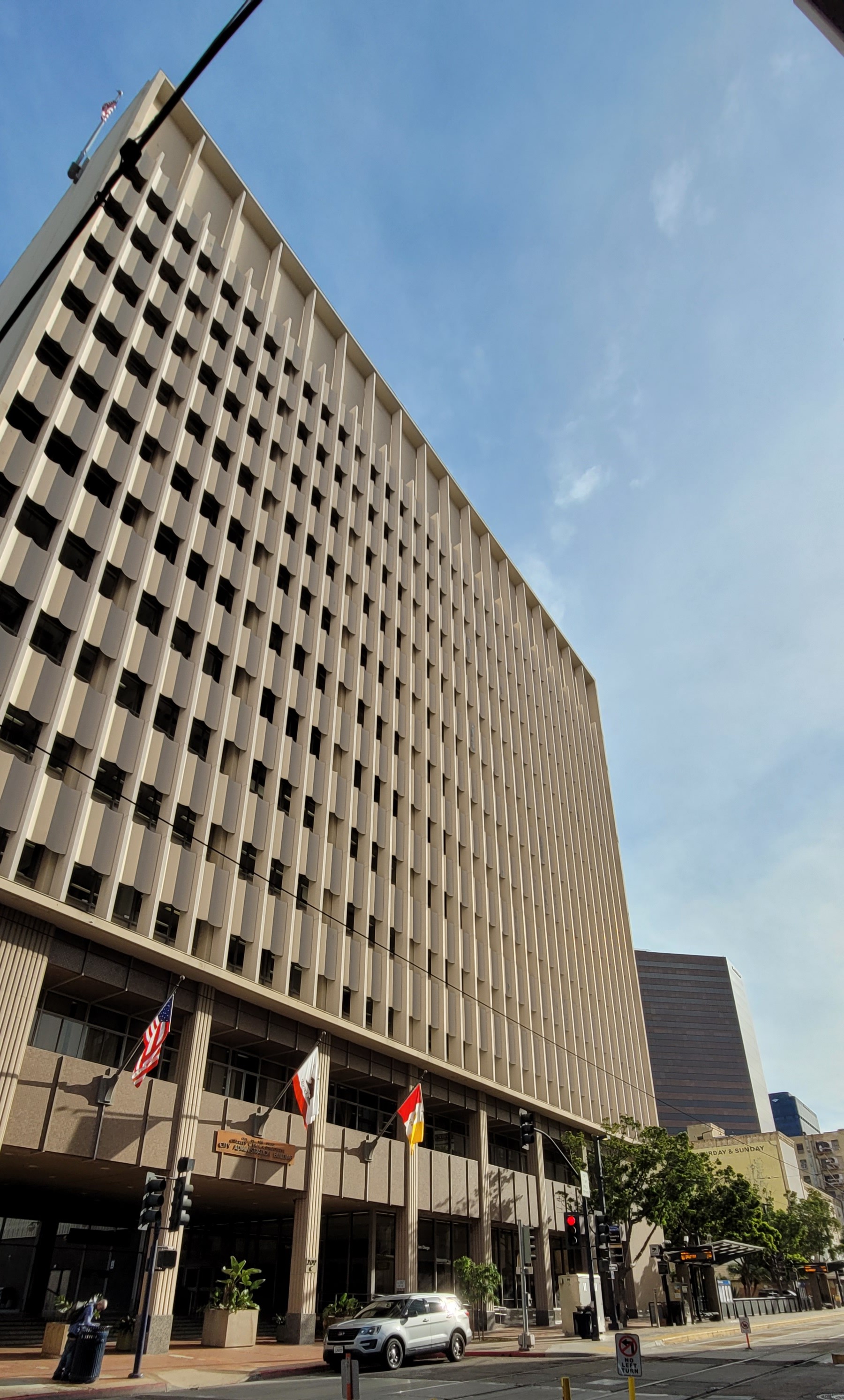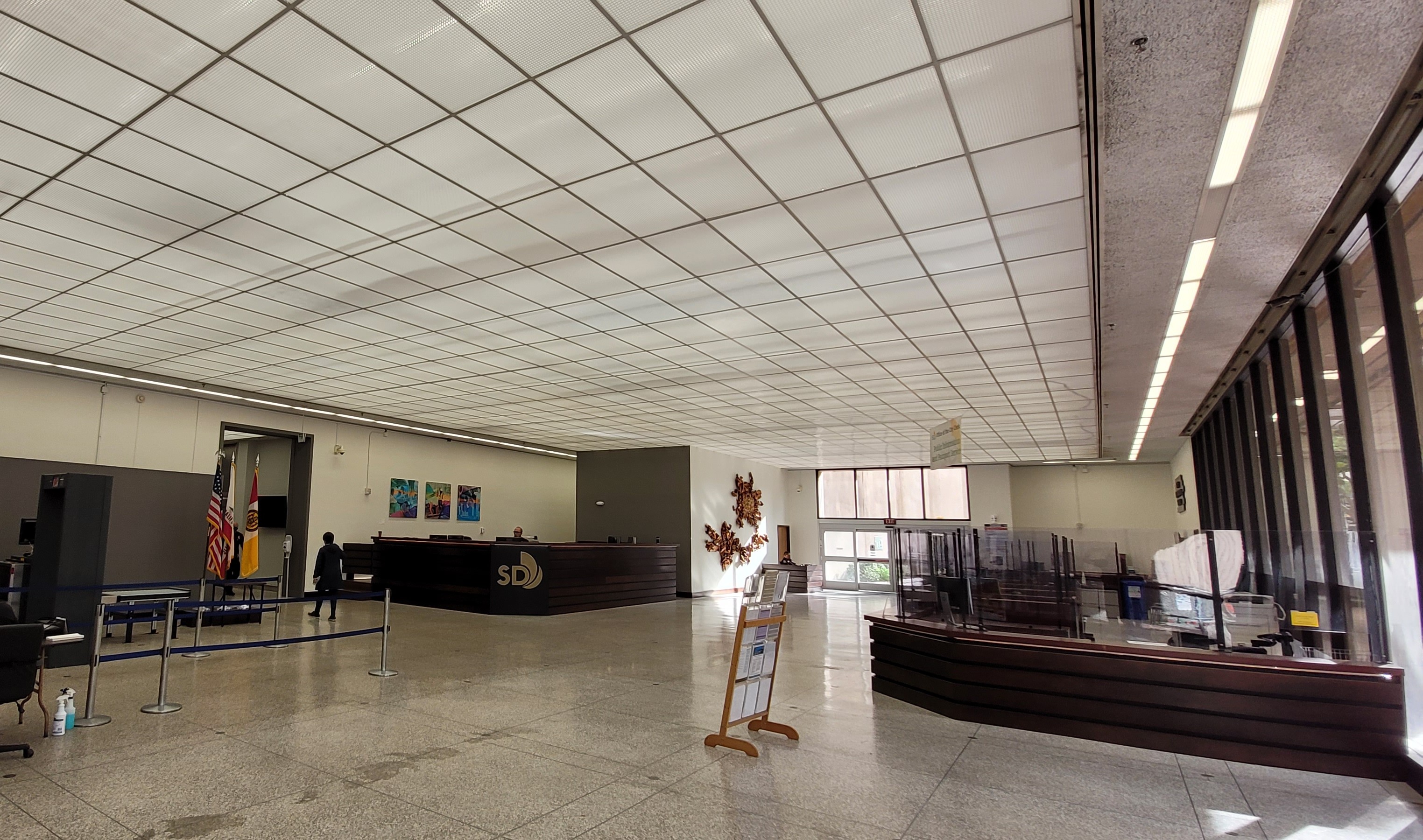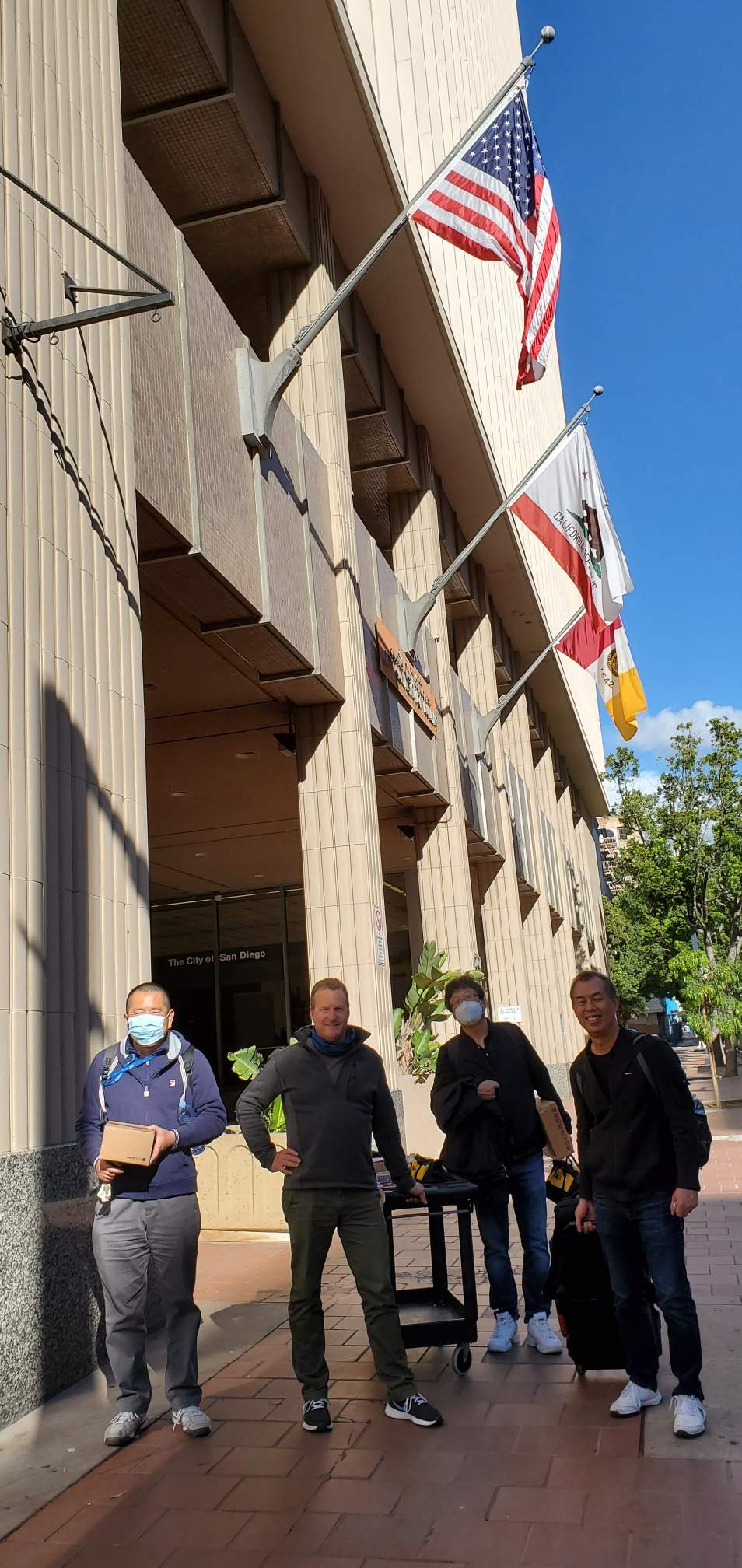Latest News
Cypress Envirosystems presents paper at IAEA Robotics, Drones and AI workshop at Leibstadt, Switzerland June 15th 2025
Thank you Benjamin REGENER (Nuclear Power Plant Leibstadt AG) and Ed Bradley (International Atomic Energy Agency) for organizing the amazing workshop on AI, Drones and Robotics this week in Switzerland. Over 100 participants from 26 countries pushed the imagination on how nuclear power plants can take advantage of innovative technologies to become safer and more efficient.
It was an unforgettable few days of brainstorming new innovation, sharing operational experience and making good friends. I had the honor to share our paper "Non-Invasive Digitization of Nuclear Plants", co-authored with Hank Strahley of Southern Nuclear company - copy available here:
https://lnkd.in/eWA9t_DX
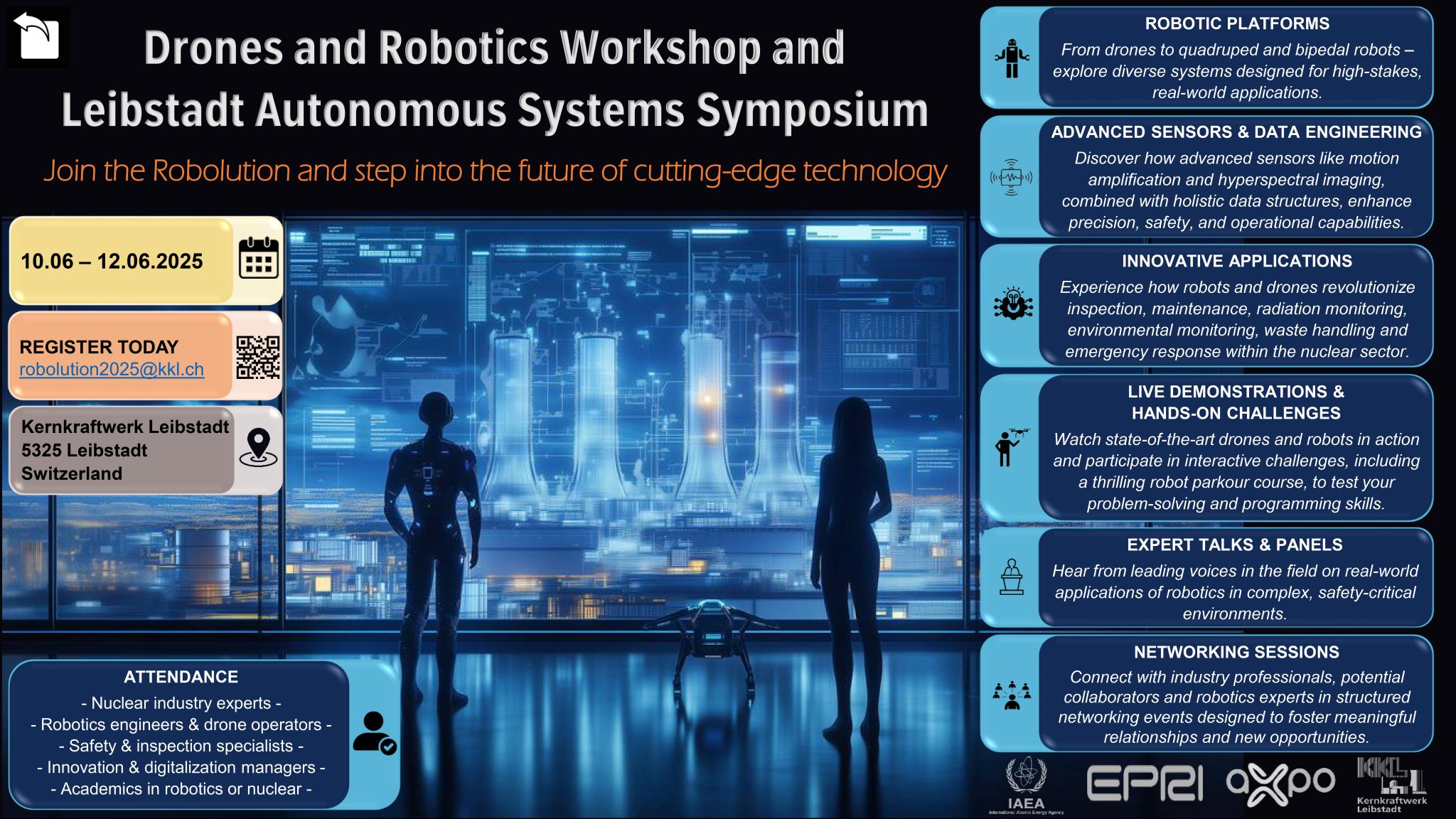
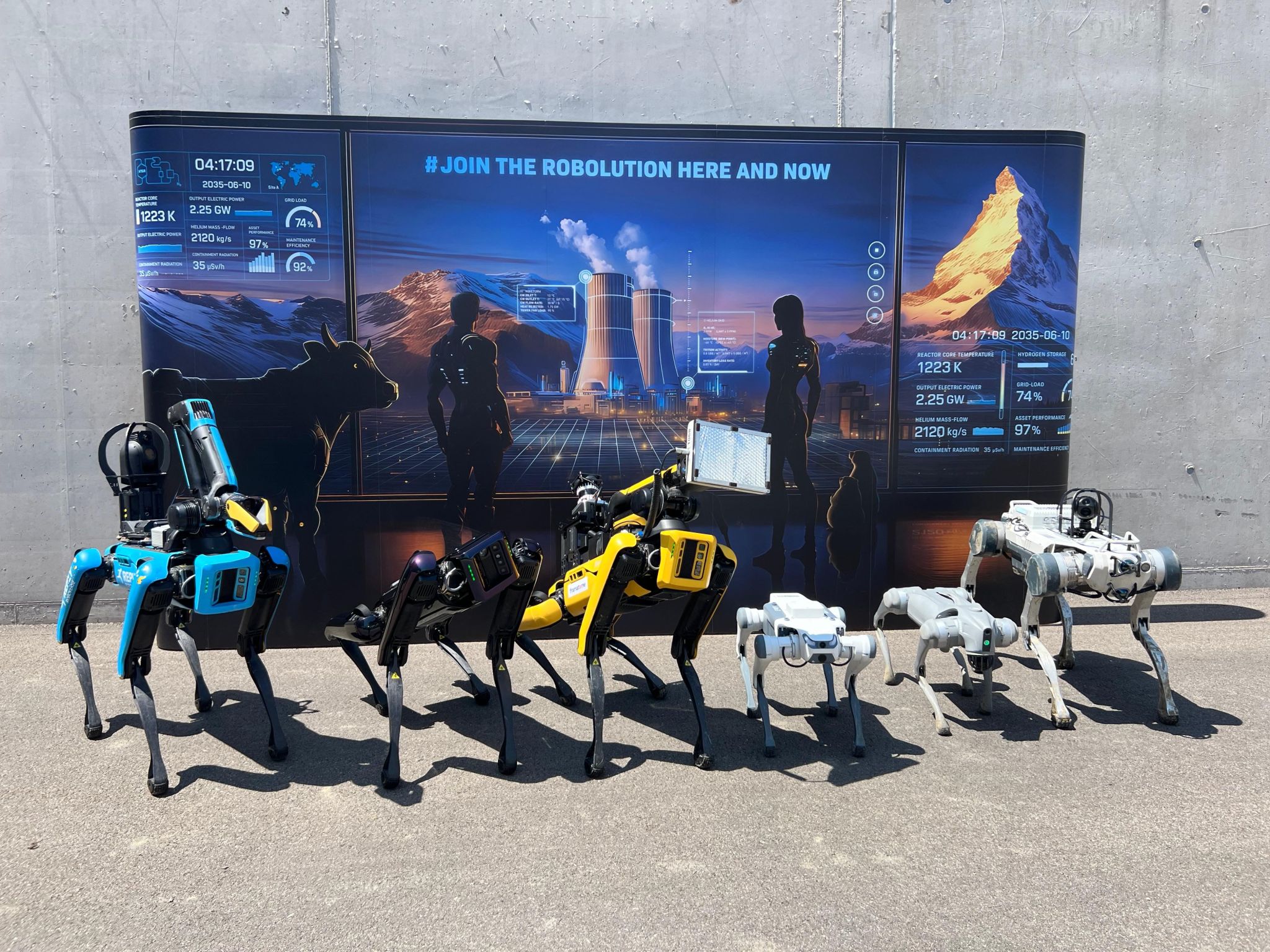
Cypress Envirosystems presents at ASHE Florida Healthcare Engineers Association May 18th 2025
The Florida Healthcare Engineers Association (part of ASHE) annual conference will be held next week in Orlando. If you have pneumatic HVAC controls in your facility, we cordially invite you to the educational session “Pneumatics to DDC in 10 minutes”, eligible for CEU credit.
Many healthcare facilities are challenged with comfort, energy, and maintenance issues related to their pneumatic thermostats. Most facility directors want to upgrade to DDC, but the cost and disruption is prohibitive.
Now, there is a technology solution to upgrade to digital controls in 10 minutes, with virtually no disruption to occupants. The cost is less than half of conventional DDC retrofit, and the payback period is typically only 2-3 years.
Please join us to learn how Conemaugh Medical Center, part of the LifePoint Health group, improved patient comfort and saved energy as part of their pneumatic retrofit.
Learn more about the Wireless Pneumatic Thermostat technology:
https://lnkd.in/egBKXqDm
hashtag#WirelessPneumaticThermostathashtag#CypressEnvirosystems
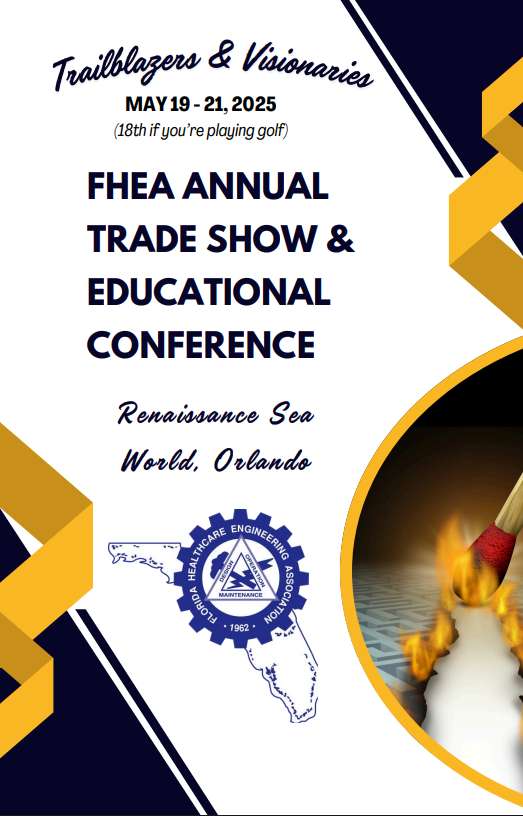
2025 Wireless Gauge Reader Users Group Meeting April 26th 2025
Invitation to all nuclear professionals working in operating nuclear power plants: Please join us for the next WGR Users Group meeting (virtual meeting) where we will discuss "Non-Invasive Digitization of Nuclear Plants" on May 13th, 2025.
WGR's are installed in 34 plants world-wide. Existing users will share Operations Experience and compelling ROI and best practices for recent projects, with applications in Operations, Engineering, Maintenance, Radiation Protection, Chemistry.
We will also share the most recent products and planned feature releases as requested by the user community. We will also cover updates in cybersecurity and network architecture, AI and machine learning.
At our last Users Group meeting, 14 utilities joined us: Southern Nuclear, Duke Energy, Xcel Energy, Constellation Energy, Bruce Power, NextEra, Vistra, PSEG, Ameren, AEP, Entergy, South Texas, Cooper, Luminant.
Please contact harry.sim@CypressEnvirosystems.com if you would like to participate.
Learn more about Non-Invasive Digitization of Nuclear Plants here:
https://lnkd.in/e_eDsDaV
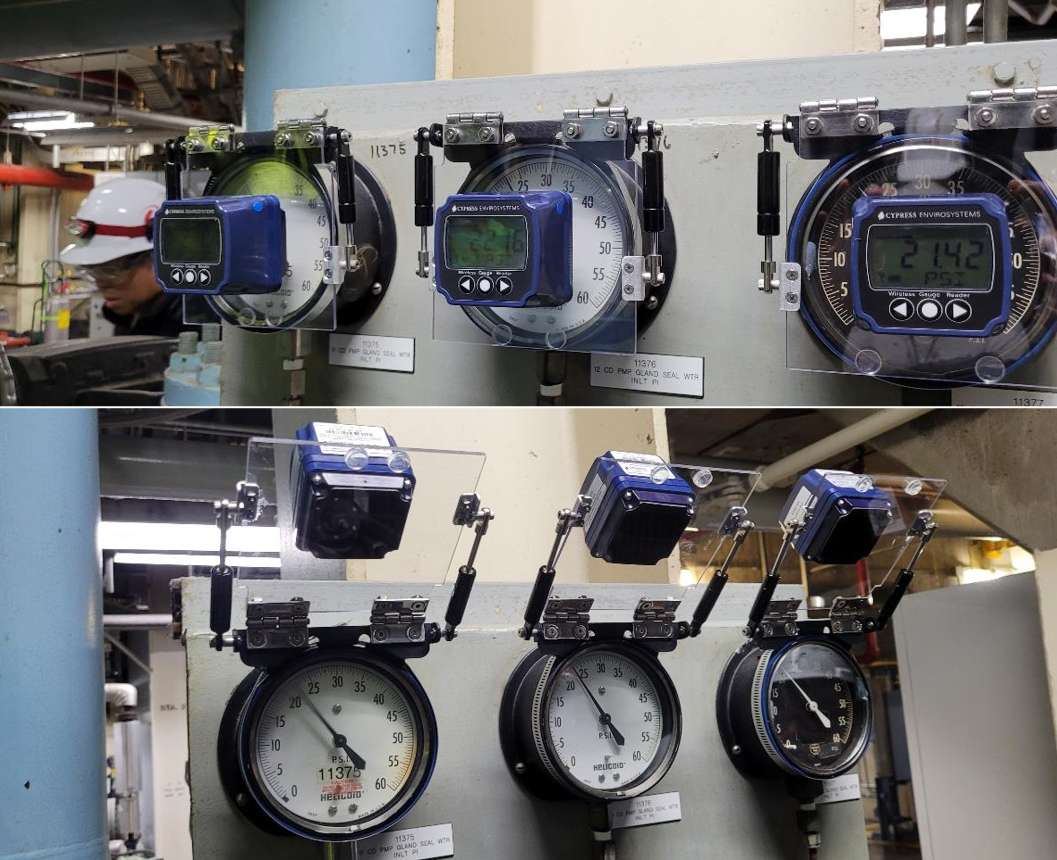
Cypress Envirosystems and Southern Company wins first ever UN innovation award for nuclear plants
September 24th 2024
Five years ago, nuclear power was on the road to extinction – plants were closing every year. Many hoped that solar, wind and other renewable sources would be sufficient to power a net-zero future. But we were mistaken.
Today, with AI data centers devouring huge amounts of energy while the impact of climate change is more evident than ever, existing nuclear plants represent a carbon-free and reliable form of energy that we cannot ignore. Last year, the United Nations COP 28 report formally recognized the key role that nuclear energy plays in the fight against climate change. Rather than shutting down old nuclear plants, we must now make them more safe, efficient and cost effective to last for decades in the future.
It is within this context that the UN International Atomic Energy Agency (IAEA) created the first ever Innovation Award to improve existing nuclear plants. 39 candidates from 9 countries competed for four awards. On September 17th, the IAEA declared Cypress Envirosystems and Southern Company a winner. Hank Strahley, Operations Support Supervisor from Southern Company, and Harry Sim, CEO of Cypress Envirosystems, received the award at the UN Headquarters in Vienna. The IAEA recognized the proven benefits resulting from the deployment of 300 Wireless Gauge Readers at Plant Hatch, leveraging IoT, Machine Vision and AI technologies.
At Cypress, we are honored for the opportunity to support the global nuclear industry, and we are especially fortunate to work with an innovative and forward-looking utility like Southern.
See the award winning submission here.
Learn more about the IAEA General Session in Vienna here:
Summary of United Nations 68th IAEA General Session
IAEA Innovation to Support Operating Plants (ISOP) working group
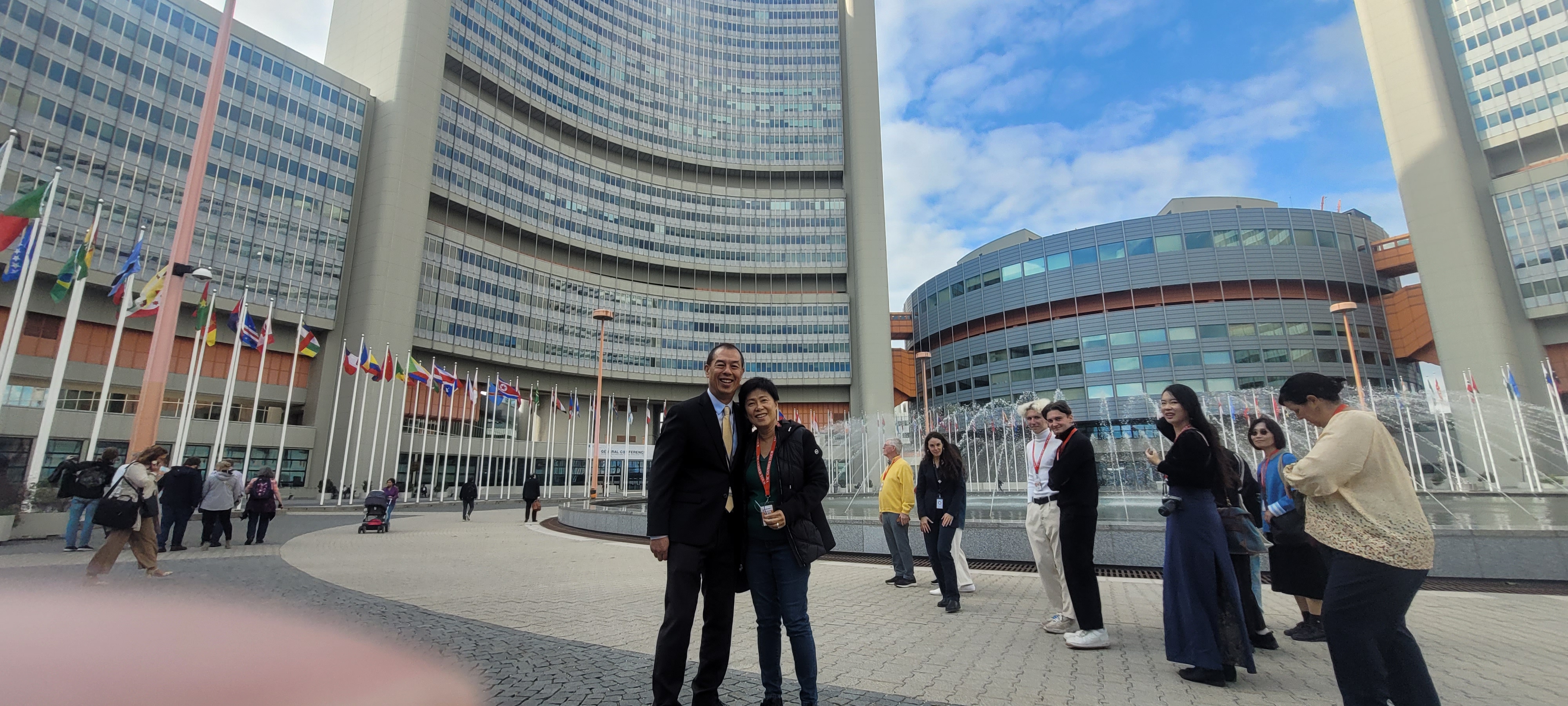
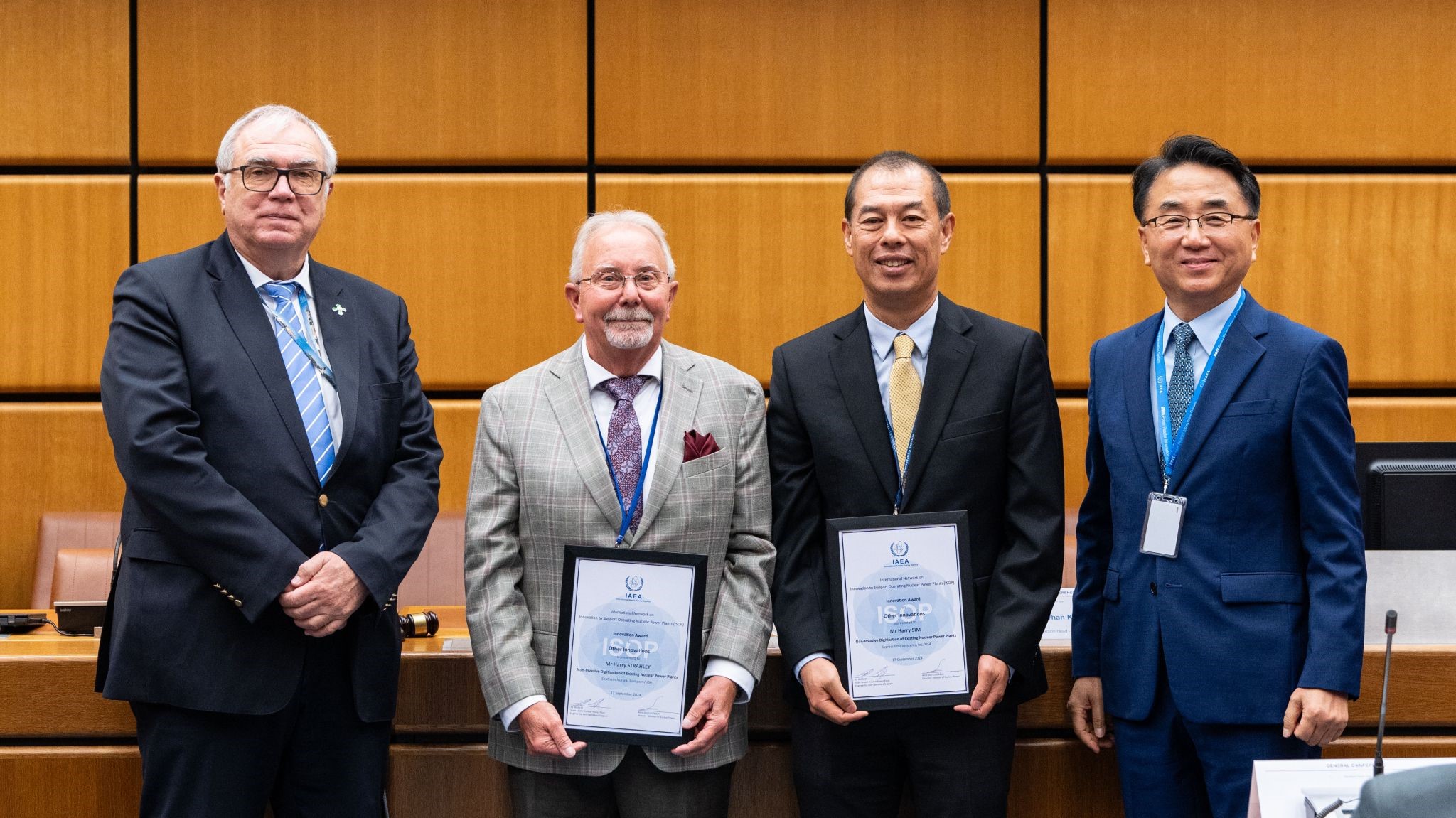
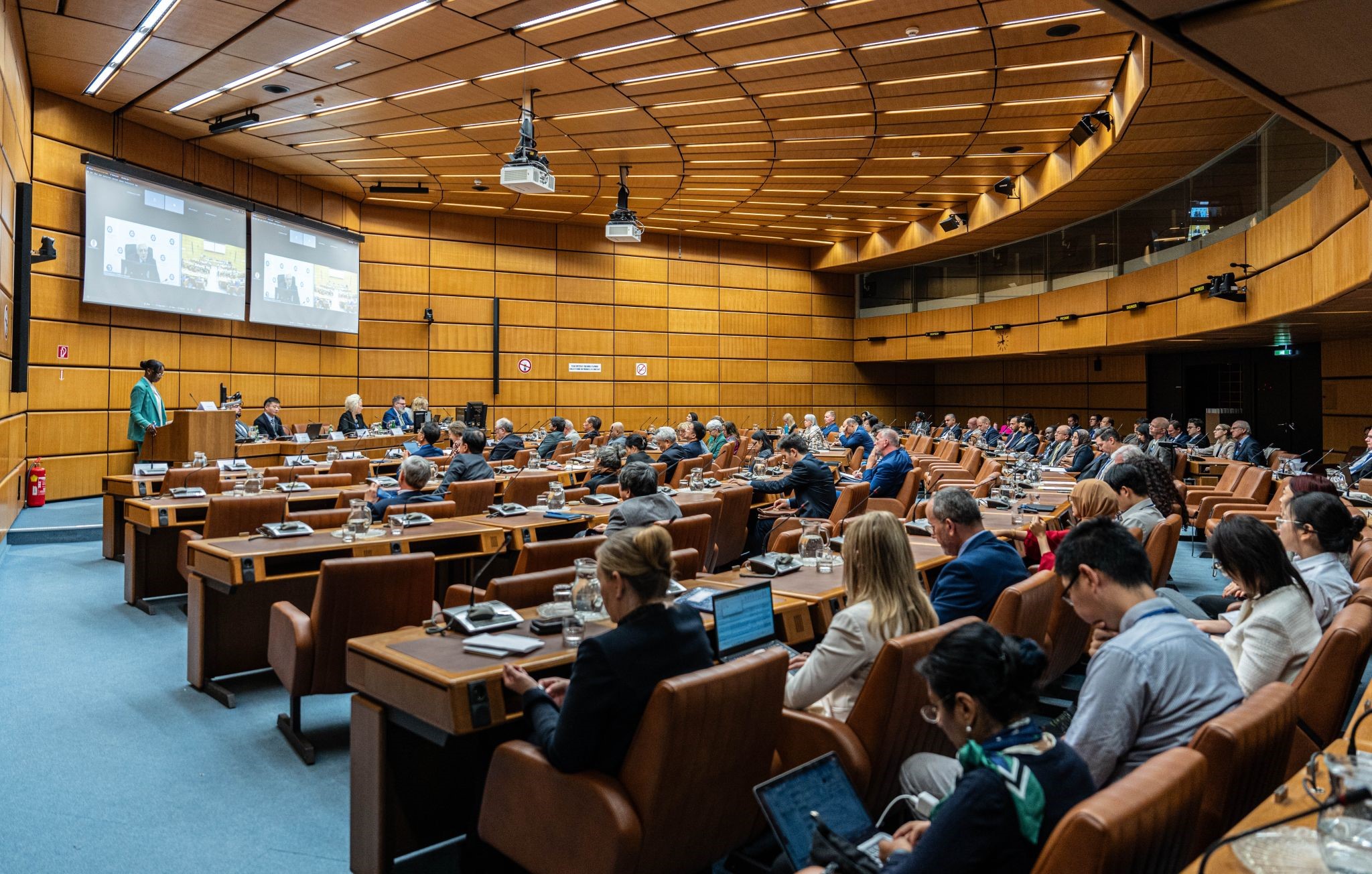

Cypress Nuclear Industry Users Group Meeting – hosted by Xcel Energy October 27th 2023
This week, we held the 3rd Cypress Nuclear Industry Users Group Meeting, hosted by Xcel Energy at their headquarters in Minneapolis. The meeting’s objective is to share cases studies, return on investment and best practices for using non-invasive digitization technologies to modernize nuclear plants. Participants included representatives from Operations, Engineering, I.T. and Innovation from both new and existing Cypress users: Xcel Energy, Southern Company, Constellation Energy, Duke Energy, NextEra, PSEG, South Texas, Nebraska Public Service, Bruce Power, OPG and EPRI. The group also visited the impressive new Xcel Energy Innovation Center in Minneapolis.
The next Users Group meeting is scheduled in March 2024. If you would like to attend, please contact harry.sim@CypressEnvirosystems.com. You must be a professional working in the nuclear industry to attend. There is no fee for participation.

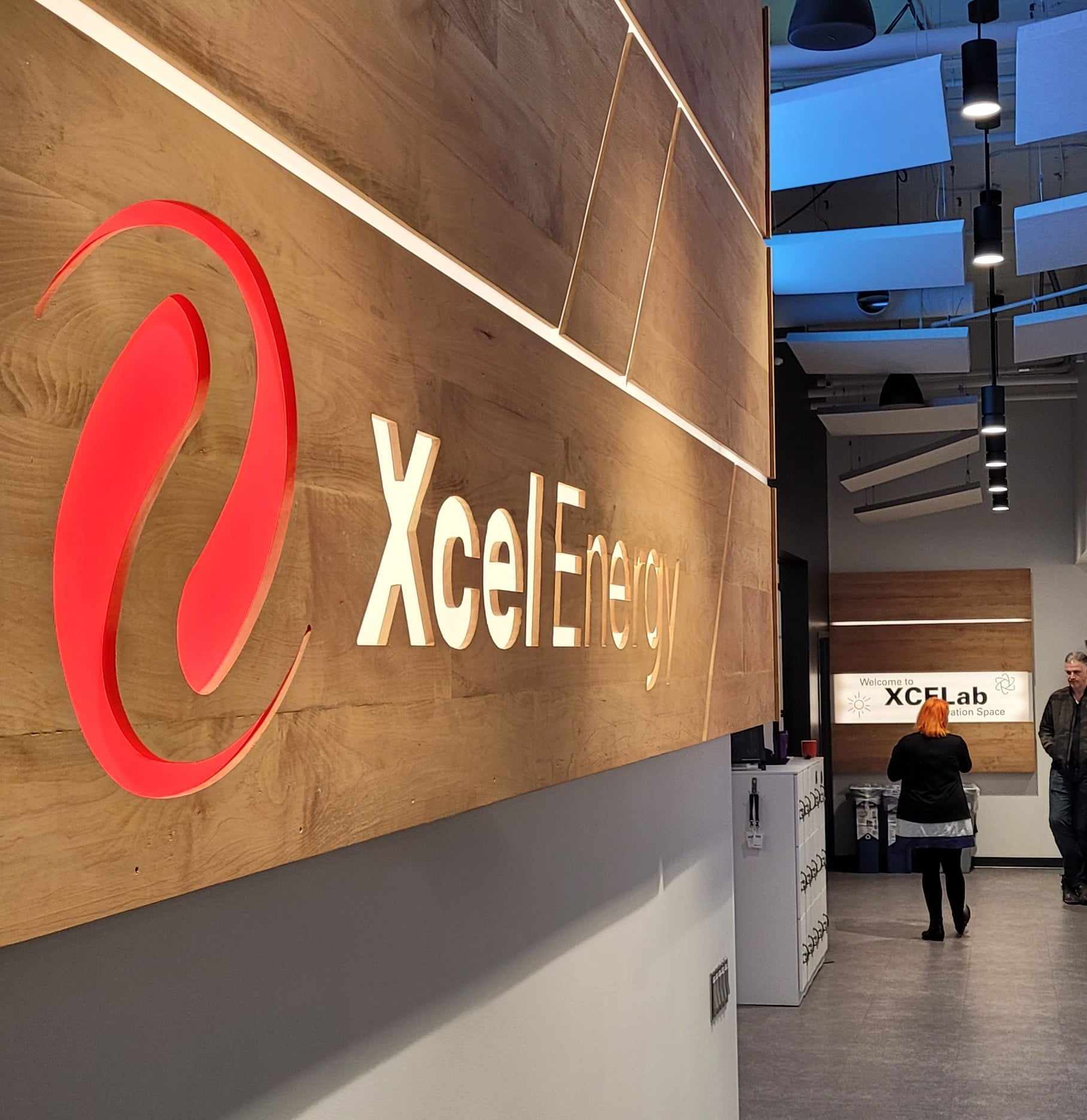
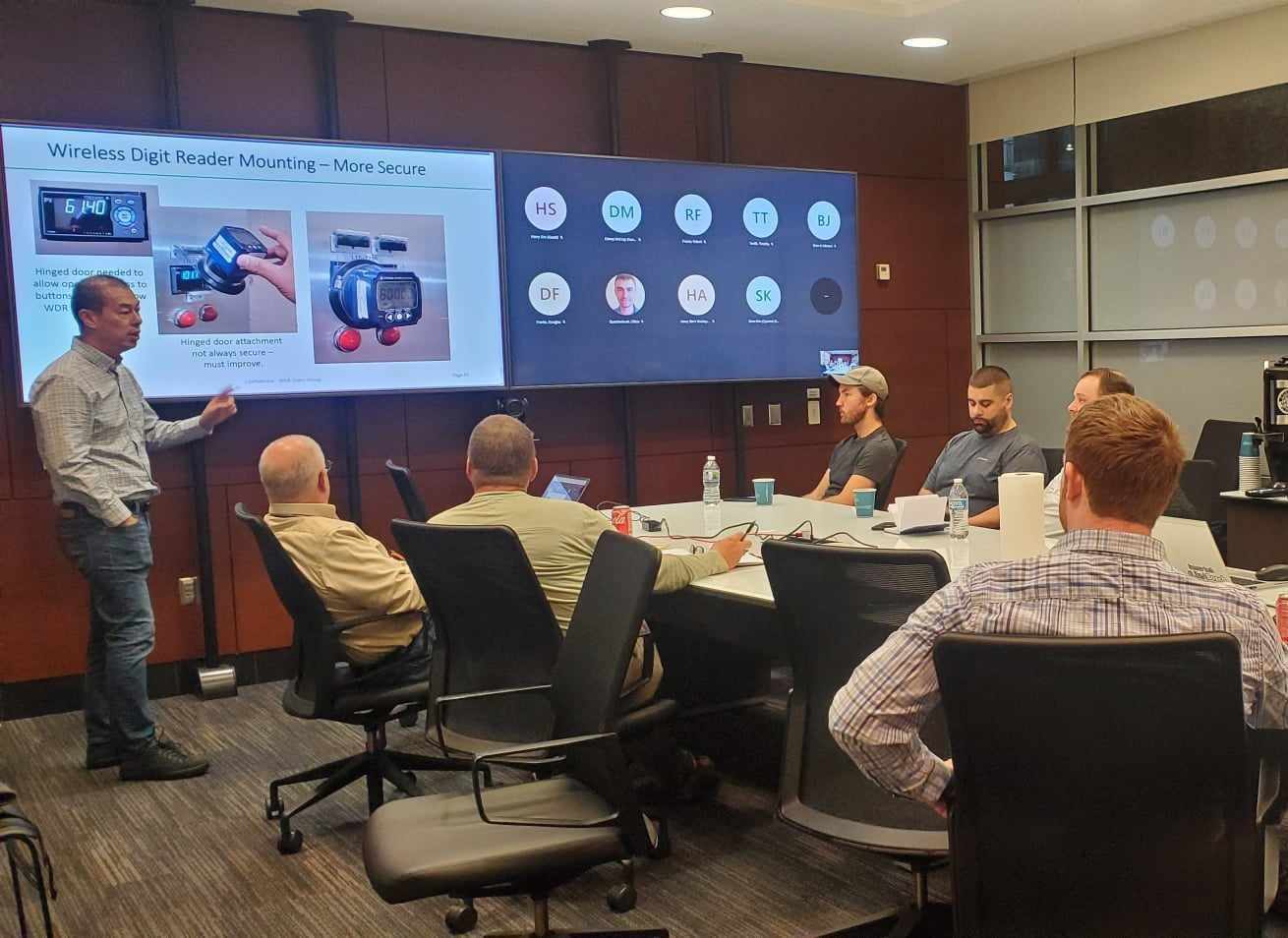
Cypress Envirosystems CEO to Speak at Southern Company Technical Conference August 21st 2022
The Southern Company is the second largest utility in the US in terms of customer base. The annual Technical Conference brings together over 1,400 Southern Company and external attendees to share and discuss technical information related to best practices, experiences around equipment and processes, fleet initiatives & standards and other system/technology topics of interest.
Cypress is invited to speak and share our case study at the Southern' Farley nuclear generation plant. Our patented Wireless Gauge Reader solution helps to digitize the 40 year old plant with a minimum of cost and disruption, while complying with stringent cyber security and nuclear safety requirements. The best practices at plant Farley will be shared with the broader Southern fleet of nuclear, fossil, and renewable generation assets.
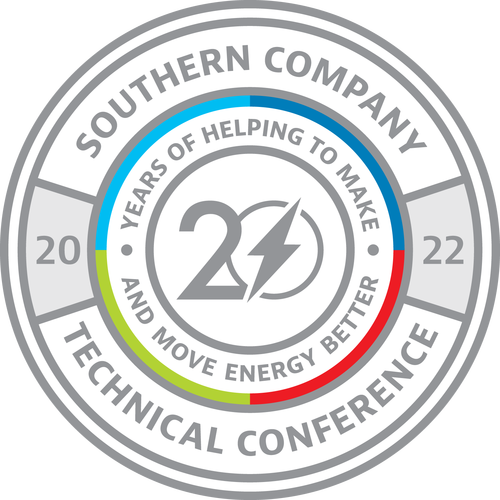
Johnson Controls Introduces WTL-Series Wireless Pneumatic Thermostat May 11th 2022
In 1883, Warren Johnson invented the first pneumatic thermostat. It used compressed air to automatically regulate the heating in large buildings. It is astonishing to think that this technology was deployed before electricity was even available in cities.
Today, 130 years later, the company founded by Johnson – Johnson Controls – is a world leader in building controls with $24 billion in annual revenue. Incredibly, there are still tens of millions of pneumatic thermostats still working in existing buildings. However, compared to modern digital programmable and communicating thermostats, these legacy units are incapable of executing basic energy savings strategies, and cannot report occupant discomfort or mechanical faults. Retrofitting these thermostats to modern “DDC” thermostats is labor intensive and disruptive to occupants, and is very costly.
With the introduction of the WTL, this retrofit can be completed in only 10 minutes, at a fraction of the cost, with virtually no occupant disruption. Using the WTL, “no building will be left behind” - even older buildings can be easily upgraded to save energy and improve occupant comfort.
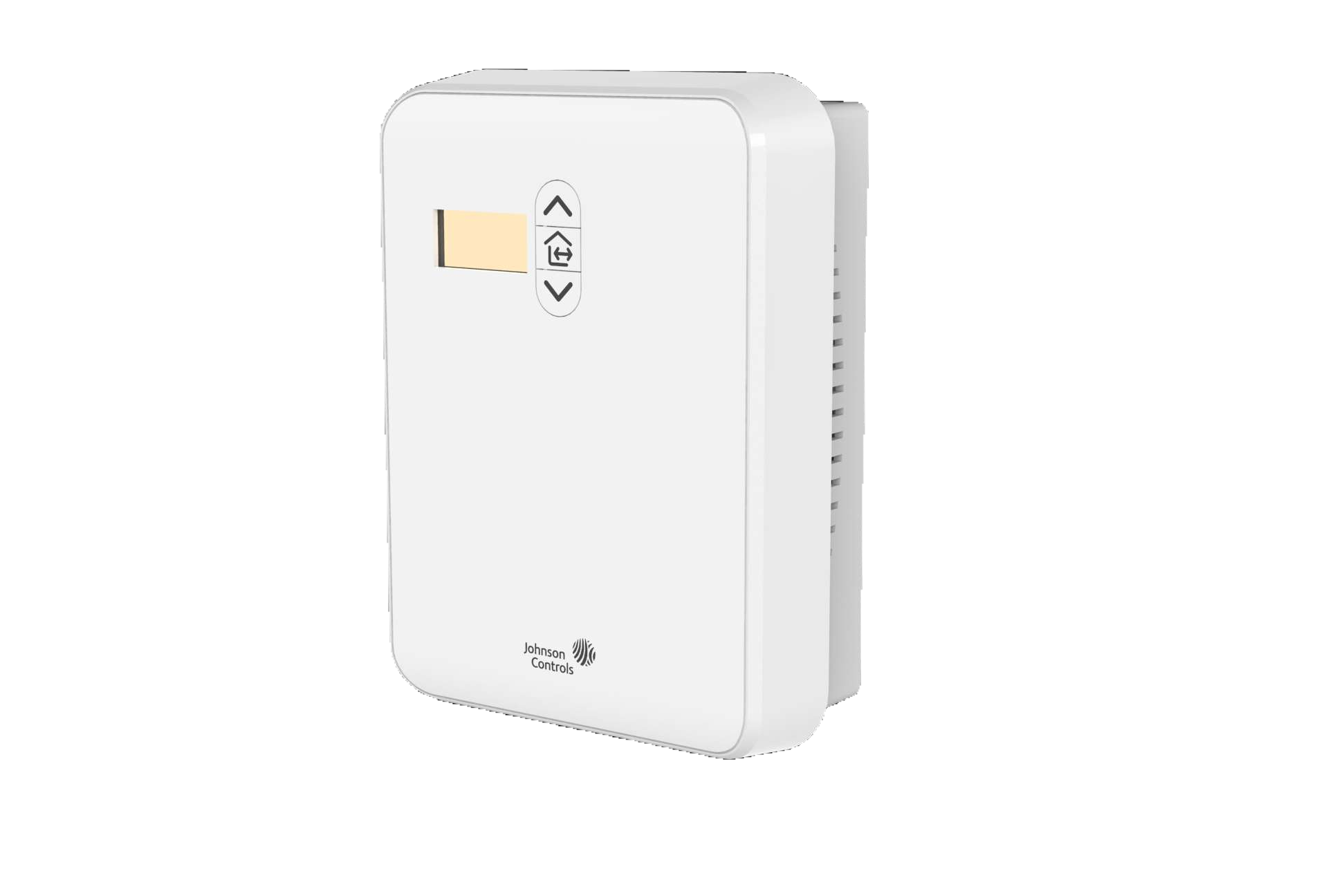
Latest version of Wireless Pneumatic Thermostat released to market
Cypress Envirosystems Modernizes Renowned NASA JPL Laboratory May 6th 2022
For more than 60 years, NASA's Jet Propulsion Laboratory (JPL) has been at the forefront of the exploration of our solar system - sending probes to Venus, Jupiter, Saturn, Europa, Titan, and deploying robotic rovers and helicopters on Mars. The twin Voyager spacecraft have even ventured beyond our solar system, to be the first interstellar travelers from Earth.
In 1989, JPL established the Microdevices Laboratory to develop cutting edge semiconductors and sensors specially suited to the extreme demands of space exploration. The lab's inventions help make possible the planetary missions that JPL is famous for.
This month, the Microdevices Laboratory asked Cypress Envirosystems to help modernize their existing facility. Using our Wireless Gauge Reader family of products, we digitized many critical facility systems at MDL to reduce labor and enable fault detection and condition based maintenance: process gases, cooling loops, air compressors, chillers etc.
Thanks to the non-invasive nature of Cypress' technology, we performed the upgrade at a fraction of the cost and time required for conventional upgrades. There was no disruption to the lab's operations - no downtime, no running wires, no cutting pipes, no leak checks, no lengthy engineering design and review. The whole upgrade was completed in three days.
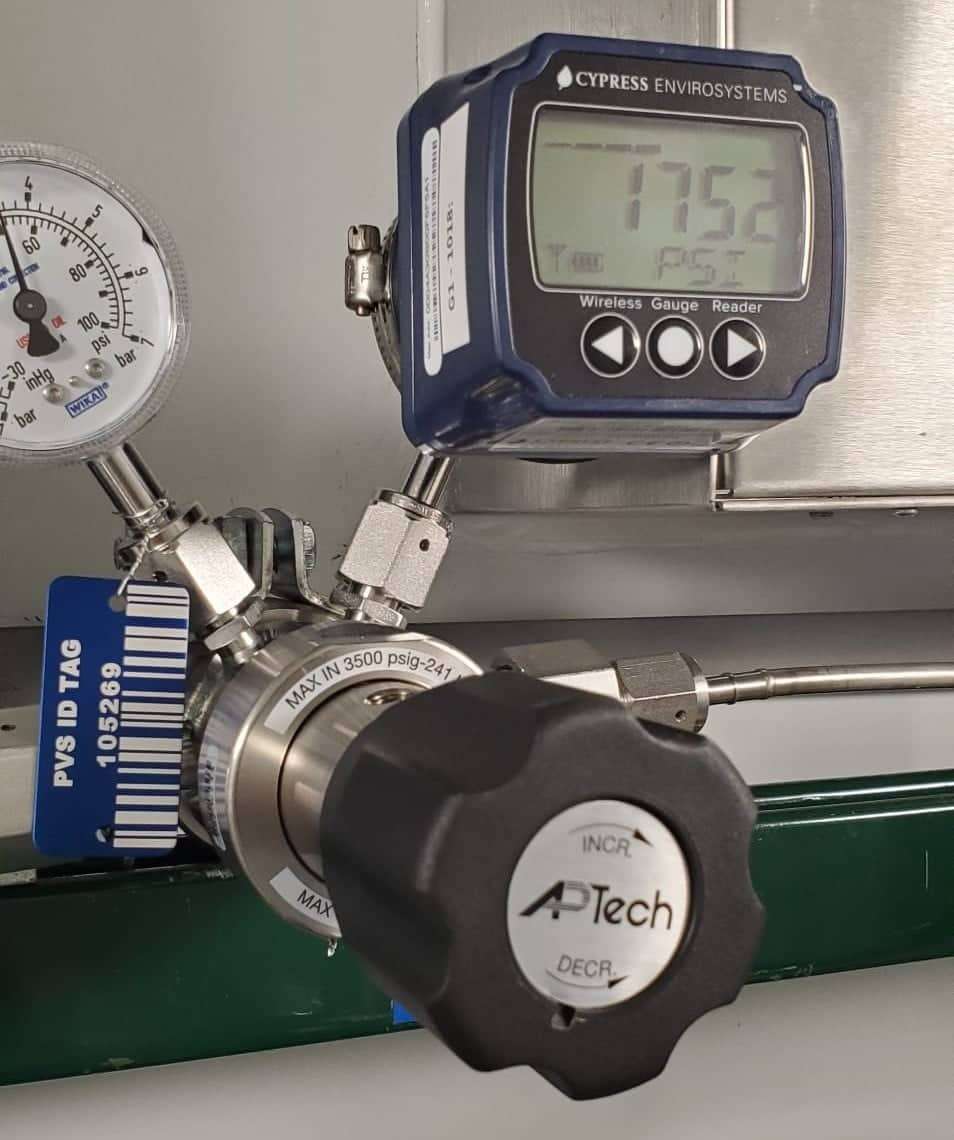
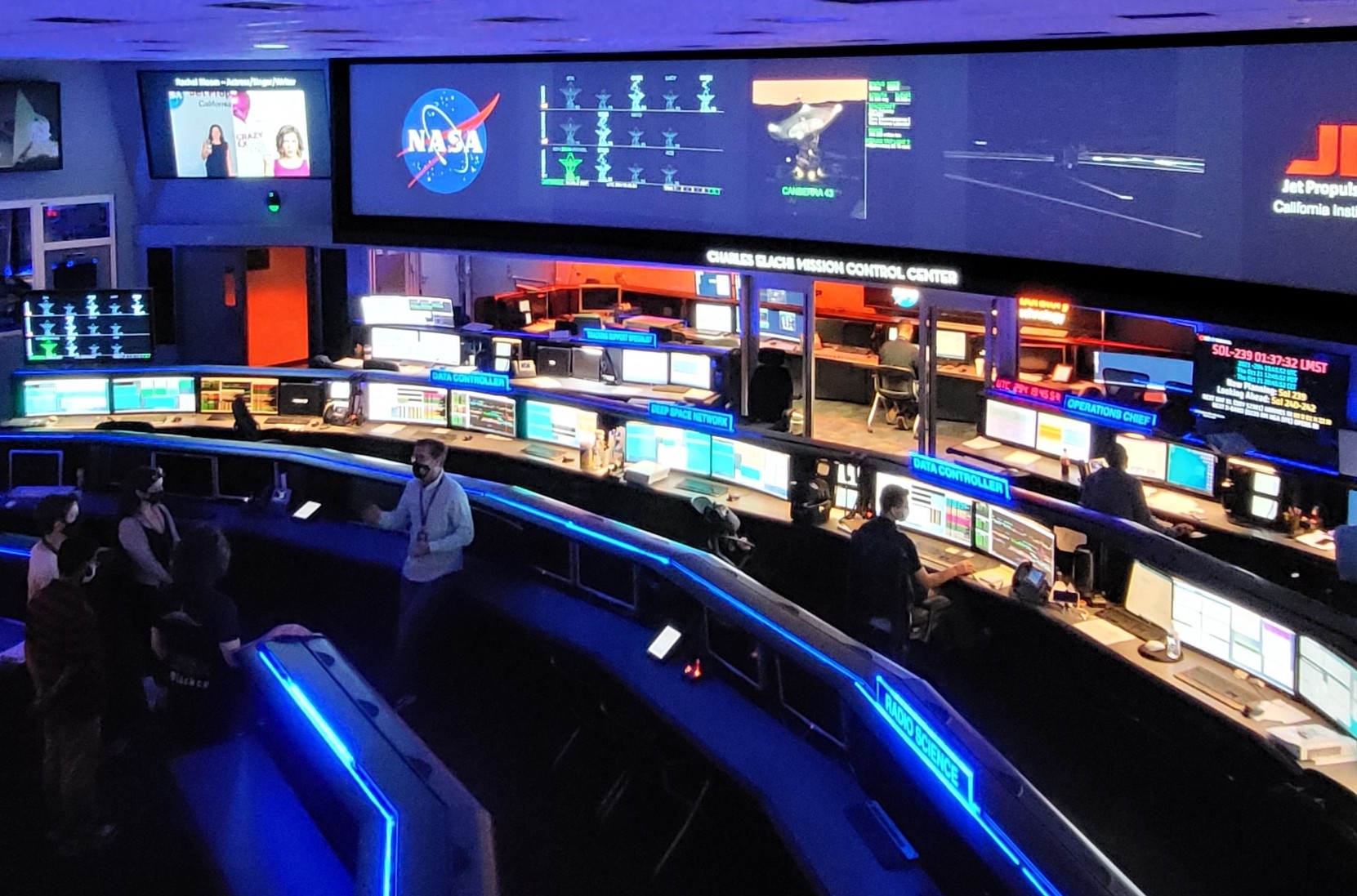
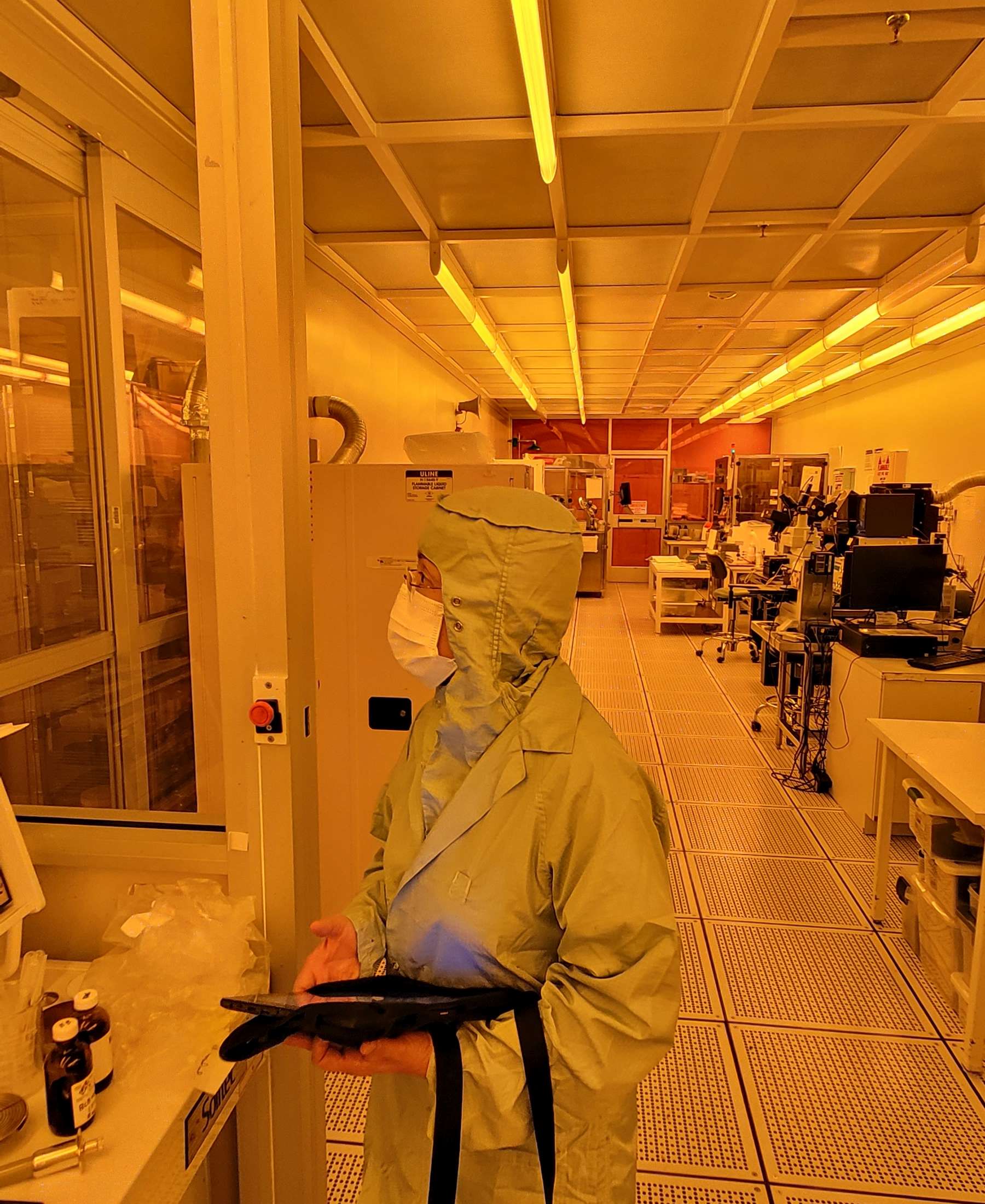
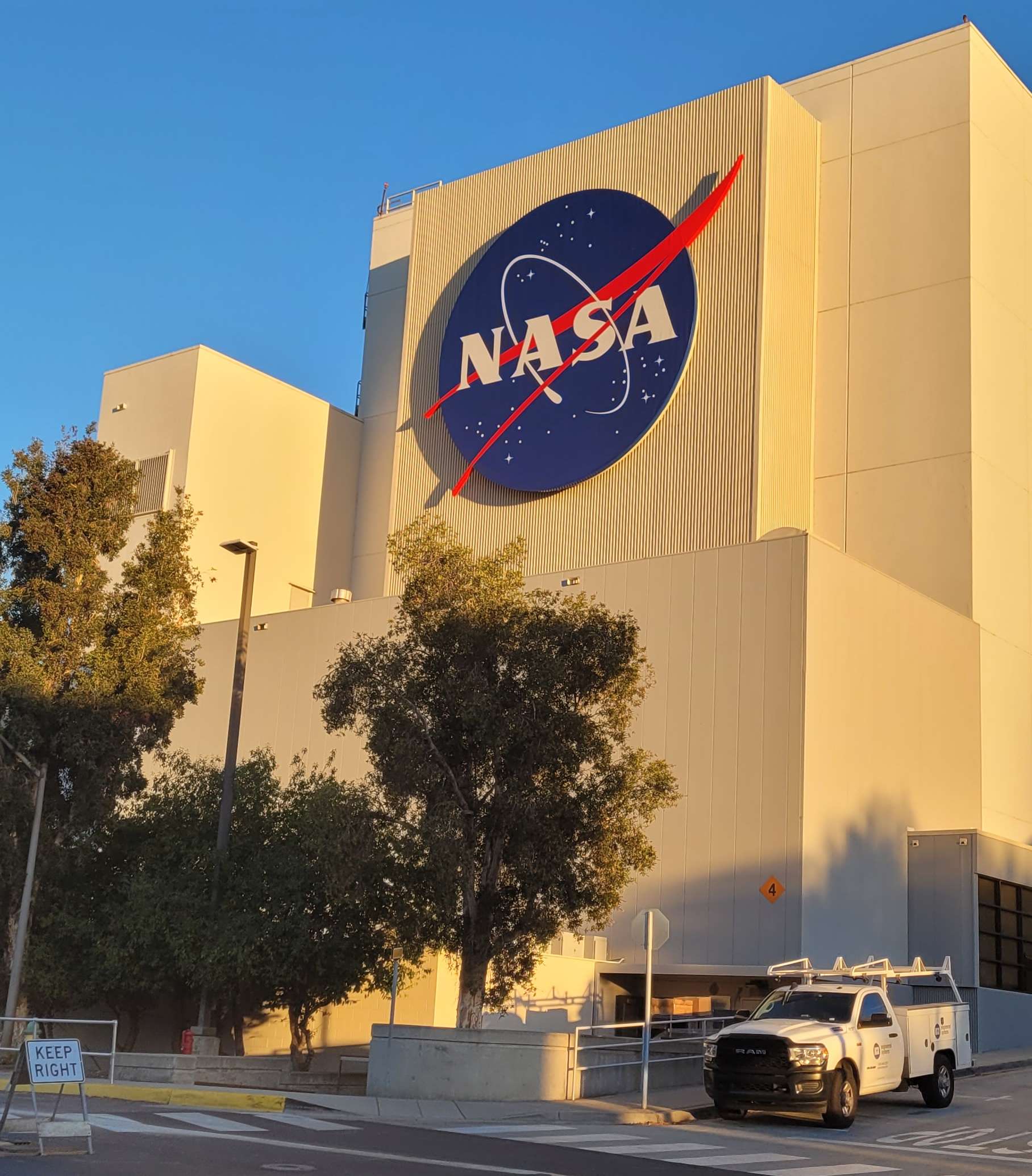
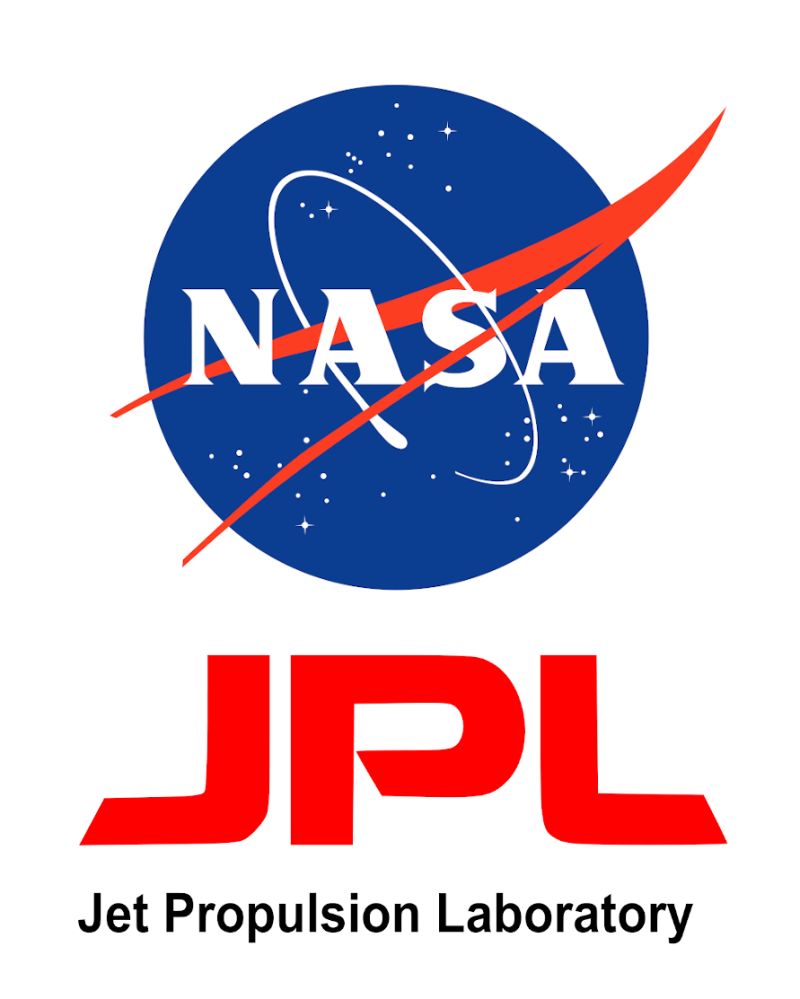
Duke Energy Shares WGR Experience at American Nuclear Society August 11th 2021
Steve Putnam, Innovation Manager at Duke Energy Nuclear, is presenting this week at the American Nuclear Society conference in Marco Island FL.
Duke Energy has deployed the Cypress IoT Wireless Gauge Reader (WGR) to all six of their nuclear power plants, and is sharing the significant operational experience they have gained over the past three years. View presentation here:
Background on Wireless Gauge Reader:
The WGR is an non-invasive clamp-on optical device which allows plants to digitize existing mechanical gauges and indicators in minutes with virtually no operational disruption. It costs a fraction of conventional sensor technology, and helps to reduce operator rounds, improve trending and fault detection, reduce radiation exposure to workers, and gathering data for rapid troubleshooting. The data collected by the WGR's can be seamlessly exported to OSI PI and other plant applications.
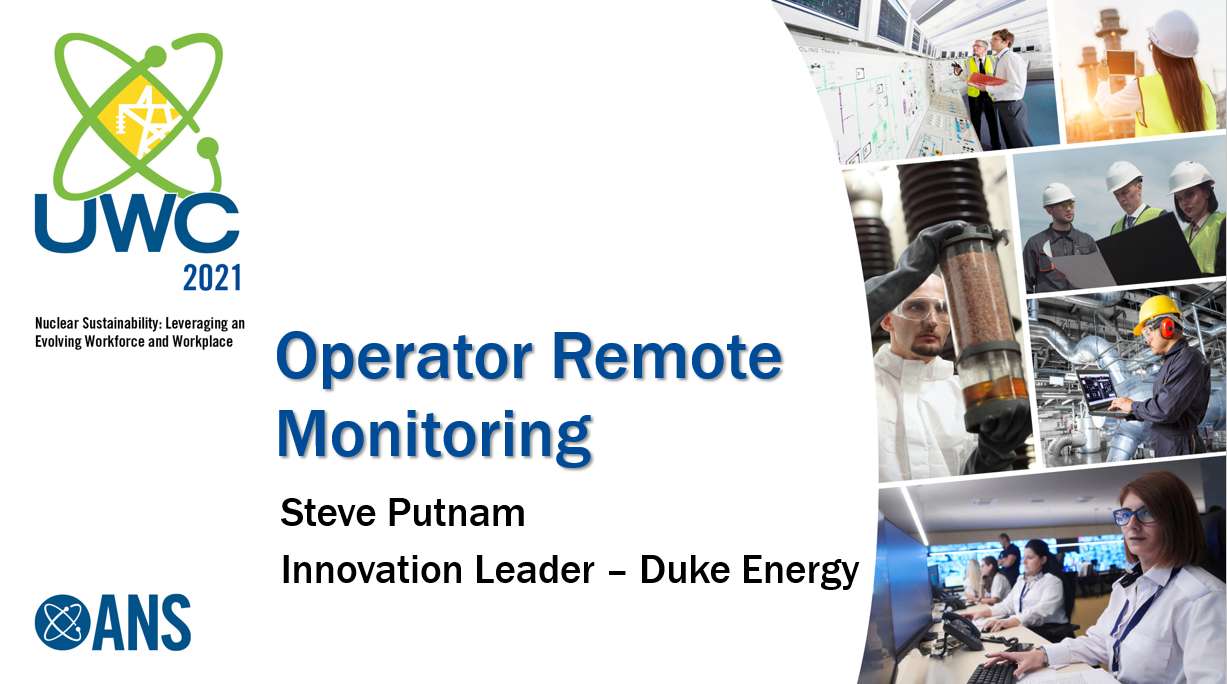
California Energy Commission Funds Upgrade of San Diego City Hall using Cypress Envirosystems IoT Technology March 16th 2021
San Diego is known as the “birthplace of California” where the first Europeans visited and settled on the West Coast of the North American continent almost five hundred years ago. Today, the city of San Diego is the second largest city in California after Los Angeles.
This week, Cypress Envirosystems completed an IoT thermostat upgrade for two buildings at the San Diego City Hall and Civic Center at the direction of the San Diego Sustainability Team. The project is funded by the California Energy Commission, with a goal to improve energy efficiency of the 56 year-old buildings. The unique Wireless Pneumatic Thermostat from Cypress Envirosystems was selected as the only technology which can achieve the upgrade without significant disruption and cost to city operations.
